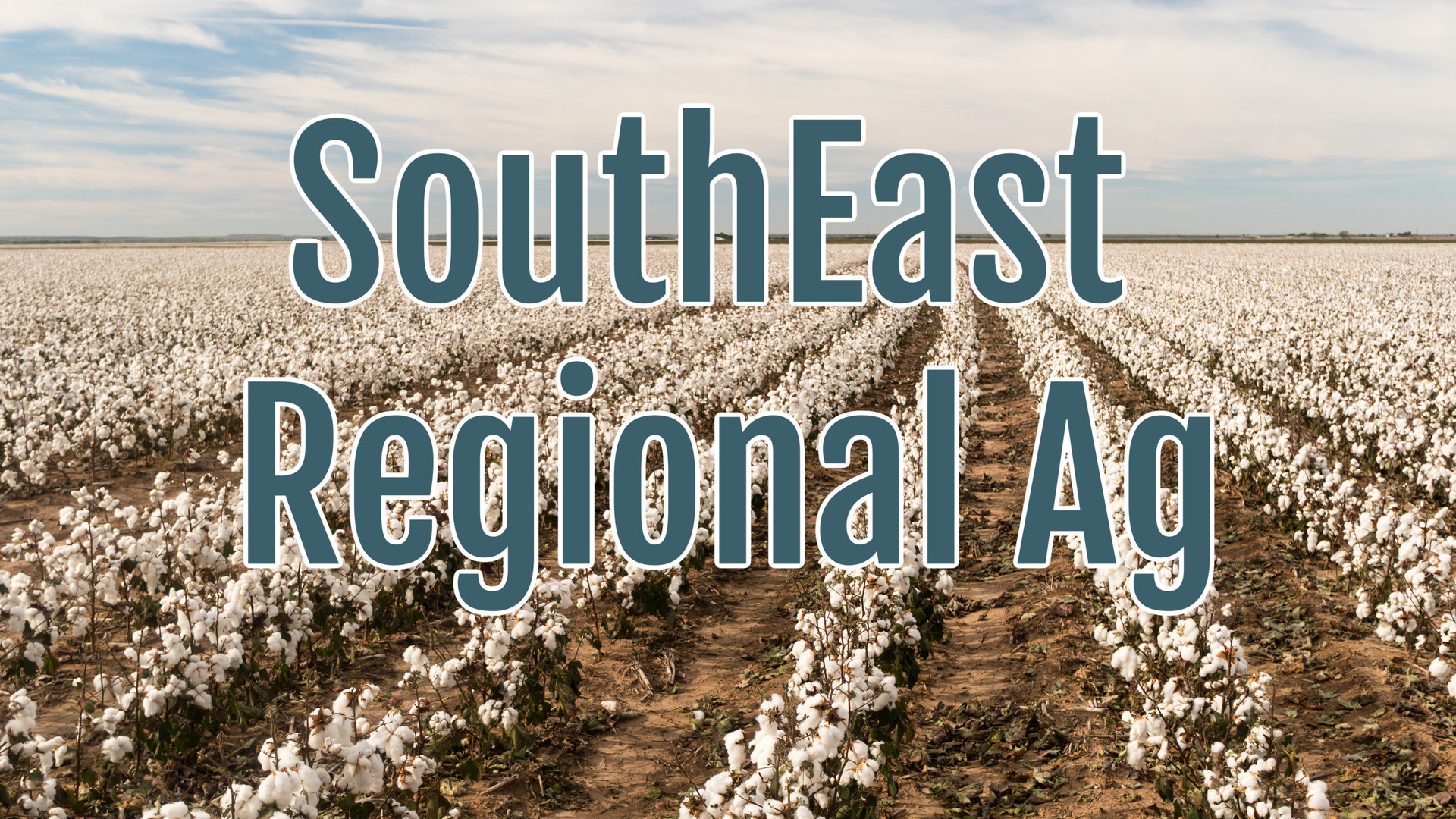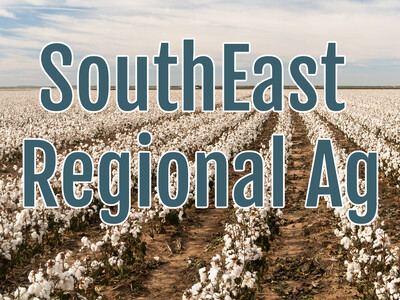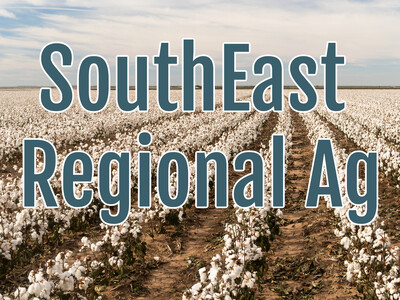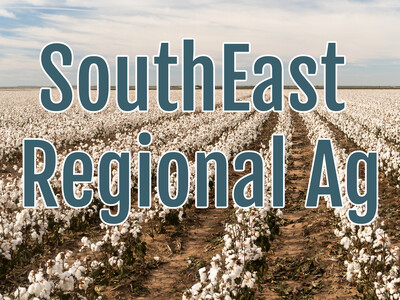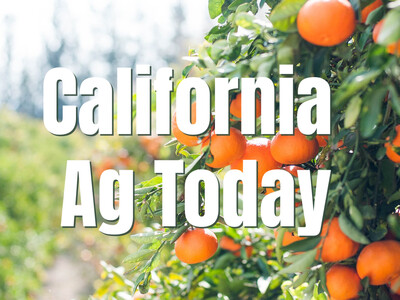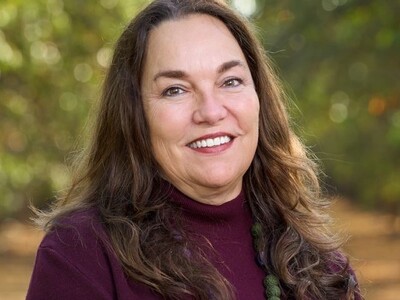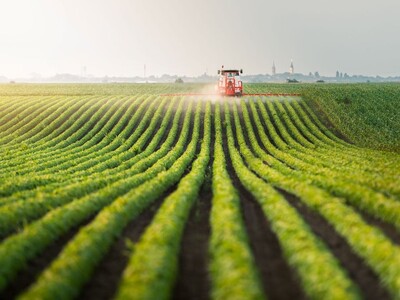Gatorybyte - Part 3

Tim Hammerich
News Reporter
We’ve been focusing on water quality this week in profiling Gatorbyte, a University of Florida technology that sends a buoy down waterways to collect data. Leading the charge is assistant professor and extension specialist Eban Bean.
Bean… “In a lot of our watersheds we deal with non-point source pollution. We know that there are these land uses within either urban, ag, or any land use, that tend to contribute certain pollutants to the water bodies. But we don't always know really where it's coming from. The way that we analyze or kind of assess a watershed is, a lot of times we just grab like a couple of grab samples of water a few times a year. And we try to infer what's happening in the watershed.”
The Gatorbyte is an innovative solution for this problem, and it’s also open source, meaning others can freely use the model to build their own.
Bean… “The code and the designs for the circuit boards, the housing is 3-D printable. That's all going to be open source and made publicly available. So, you know, anybody who's sitting at a computer could essentially point and click and get all the pieces that they need sent to them. And a lot of these components are coming from Amazon. It's amazing, like what's publicly available now. So we're making this as accessible as we can so that people can do this and leverage it.”


